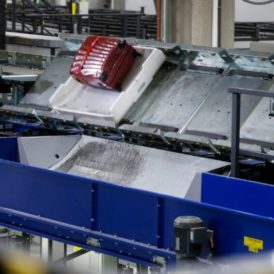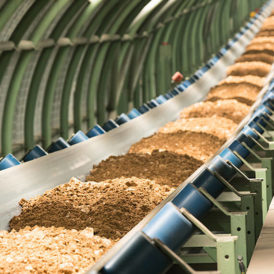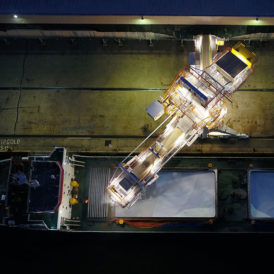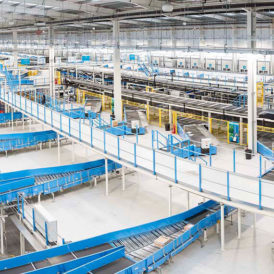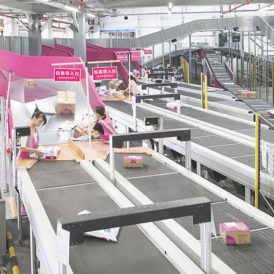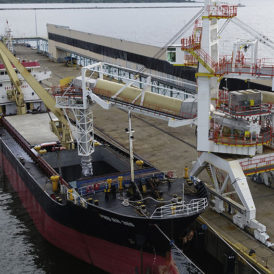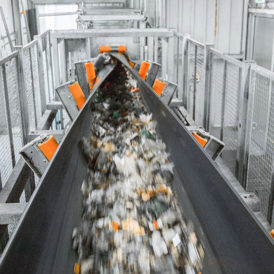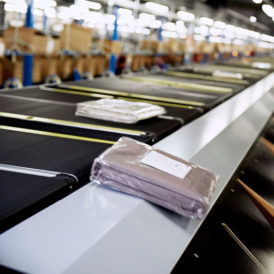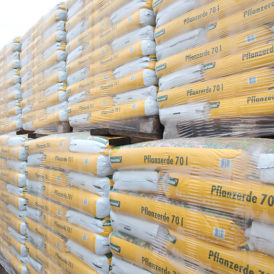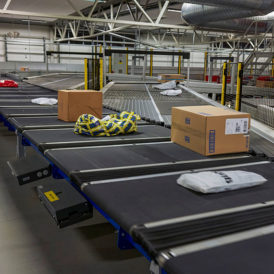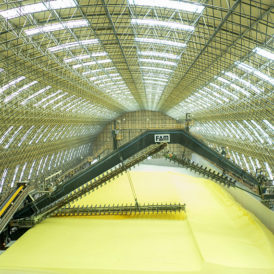-
- Baggage handling systems
- Logistics Systems Technology
- Conveying Technology
- Opencast Mining Systems
- Stockyard Systems
- Mineral Processing
- Port Technology
- Loading Technology
- Filling Technology
- Palletising Technology
- Packaging Technology
- Airport Software Suite
- Automated Container Unloader
- BEUMER autover® Independent Carrier System
- Baggage Loader
- Baggage Manipulator
- Baggage Unloader
- CrisBag® Independent Carrier System
- CrisBag® Self Bag Drop
- CrisBelt® Conveyor System
- CrisCheck® Check-In Conveyor
- CrisClaim® Baggage Carousels
- CrisStore® Dynamic Racking Solution
- Security Screening
- Tilt-Tray Loop Sortation System
- CEP Software Suite
- Warehouse Control System
- Automatic Parcel Singulator
- BEUMER Tipping Station
- BG Line Sorter
- BG Parcel Belt Conveyor
- BG Sorter® CB Cross-Belt
- BG Pouch System
- BG Sorter® ET Tilt-Tray
- Air-supported belt conveyor
- Apron Conveyors
- Belt Apron Conveyors
- Belt Bucket Elevators
- Bucket Elevators
- Central Chain Bucket Elevators
- Components
- Conveyor Systems for Alternative Fuels (AFR)
- Drive Stations
- Feeding Hoppers
- Heavy Duty Belt Bucket Elevators
- Hopper Cars
- Mobile Conveyors
- Overland Belt Conveyors
- Pipe Conveyors
- Screw conveyor
- Shifting Heads
- Tripper Cars
- Troughed Belt Conveyors
- U-Shape Conveyors
- Bucket Wheel Excavators
- Bucket Chain Excavators
- Belt Wagons
- Mass Distributors
- Crawler-Mounted Conveyor Bridges
- Crawler-Mounted Spreaders
- In-Pit Crushing Systems
- Cable Reel Cars
- Transport Crawlers
- Stackers
- Semi-portal Scrapers
- Portal Scrapers
- Side Scrapers
- Slewing Scrapers
- Bridge-type Reclaimers
- Bucket Wheel Reclaimers
- Stacker Reclaimers
- Circular Stacker-Reclaimers
- Customer Support
-
-

The problem
A large logistics company mainly sorting large, impractical B2C items experienced several handling problems. There were always many non-conveyables within the system and the carrier tray occupancy was far too high. This was because parcels that should have fitted into one tray were often inducted on two trays, thus wasting space and capacity in the system
There was also a problem with a lot of barcodes coming out as no-reads. This meant that a lot of items had to be manually handled.
Although these issues were easily identified, the customer was not able to identify the root causes.
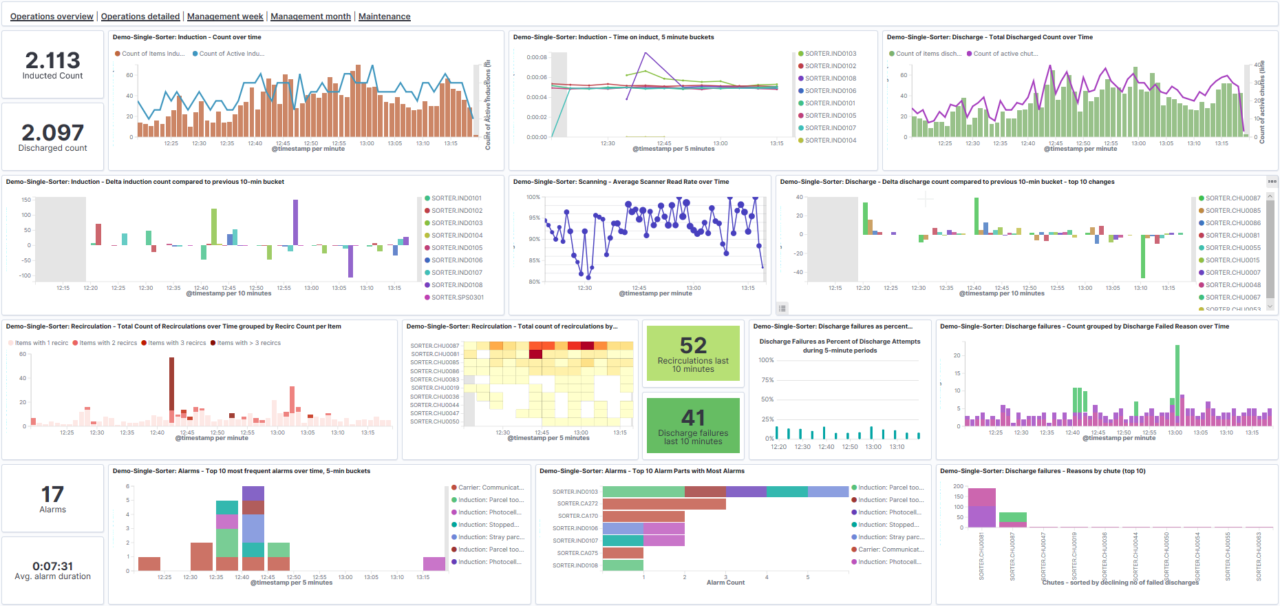
The Solution
Data revealed that the recirculations were caused by full chutes. The operator doubled the resources allocated to the top 10% of chutes with the highest parcel flow. Dynamic resource allocation was implemented for the remaining 90% of flow destinations.
Volume scanner data revealed that 80% of items were within conveyable size, yet many still went on double trays. Operators were retrained to place the parcels correctly into the system to avoid double tray use.
The problem of no-read and incorrect barcodes was addressed by approaching identified customers to improve their print quality.
The Result
There was a vast reduction in the number of recirculated parcels, simply by operating the sortation system in a more effective manner. This was accomplished without spending money on any new machinery.
The number of two-tray parcels dropped to an acceptable level, which resulted in an immediate capacity increase. Barcode quality was improved from the customer side, which did away with the reading issue.
